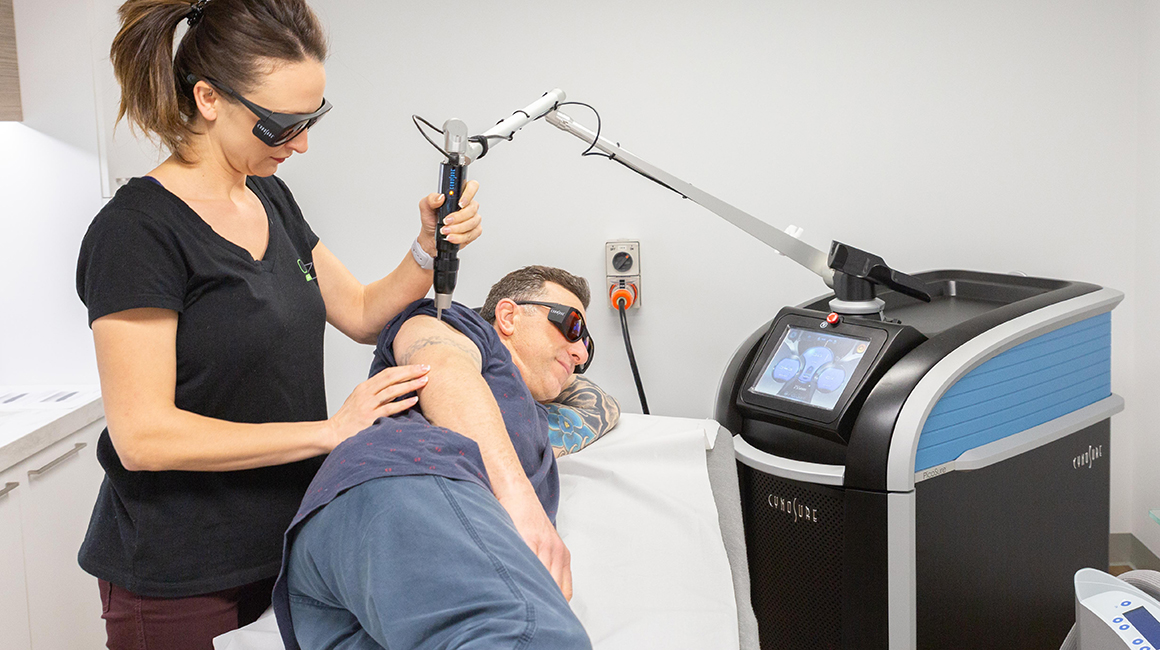Tattoos, once considered permanent marks of personal expression or cultural significance, are now increasingly subject to removal. This transformation is driven by advancements in technology and changing societal attitudes towards body art. Here, we explore the history, methods, effectiveness, challenges, and future prospects of effective tattoo removal.

1. Historical Context and Methods
Tattooing dates back thousands of years, serving diverse purposes from spiritual rites to social status markers. Traditionally, removal techniques were rudimentary, involving abrasive methods like sanding or chemical peels, often leaving scars. The introduction of Q-switched lasers in the 1960s revolutionized the field, offering a less invasive, more effective approach. These lasers emit intense pulses of light, targeting tattoo ink while minimizing damage to surrounding skin.
2. Modern Techniques: Laser Tattoo Removal
Today, Q-switched lasers remain the gold standard for tattoo removal. They work by breaking down tattoo pigments into smaller particles that can be absorbed and eliminated by the body’s immune system. Different wavelengths are used to target specific ink colors, enhancing efficacy across diverse tattoo types. Multiple sessions are typically required, spaced several weeks apart, to achieve optimal results. Factors influencing success include tattoo size, ink depth, skin type, and location.
3. Effectiveness and Limitations
Laser tattoo removal is generally effective, with complete removal possible in many cases. However, complete eradication is not guaranteed, particularly with multicolored or deeply ingrained tattoos. Stubborn pigments, such as greens and blues, may be more resistant to treatment. Additionally, darker skin tones can pose challenges due to potential for hypopigmentation or hyperpigmentation. Patient expectations must be managed, as outcomes vary widely based on individual factors.
4. Challenges and Risks
While considered safe when performed by trained professionals, laser tattoo removal carries risks. Temporary side effects like swelling, redness, and blistering are common, typically resolving within weeks. In rare cases, permanent scarring or changes in skin texture may occur. Proper aftercare, including sun protection and avoiding irritants, is crucial to minimize complications. Patient compliance with treatment protocols is vital for achieving desired outcomes.
5. Future Directions and Innovations
Advancements continue to refine tattoo removal techniques. Picosecond lasers, introduced in recent years, deliver shorter pulses of energy, potentially enhancing efficacy and reducing treatment times. Research into novel approaches, such as targeted nanoparticles or acoustic waves, holds promise for further improving results and expanding the range of treatable tattoos. As demand grows and technology evolves, the future of tattoo removal looks towards safer, more efficient methods tailored to individual needs.
Conclusion
Tattoo removal has evolved significantly from ancient, often painful methods to sophisticated laser technologies offering safer, more effective outcomes. While challenges persist, including variable results and potential risks, ongoing research and innovation are driving continuous improvement. As societal attitudes towards tattoos and personal aesthetics evolve, the demand for reliable removal options will likely grow. Understanding the history, methods, effectiveness, challenges, and future prospects of tattoo removal provides valuable insights into this dynamic field of dermatology and personal expression.
plaza @ 100, MM alam road, gulburg, Lahore
10, R-2, Johar Town, Lahore
G-20, Diamond Mall, Gulburg greens, Islamabad
149-A, Satellite Town near Mubarik Hospital Complex,Sargodha
Lorem ipsum dolor sit amet, consectetur adipiscing elit.